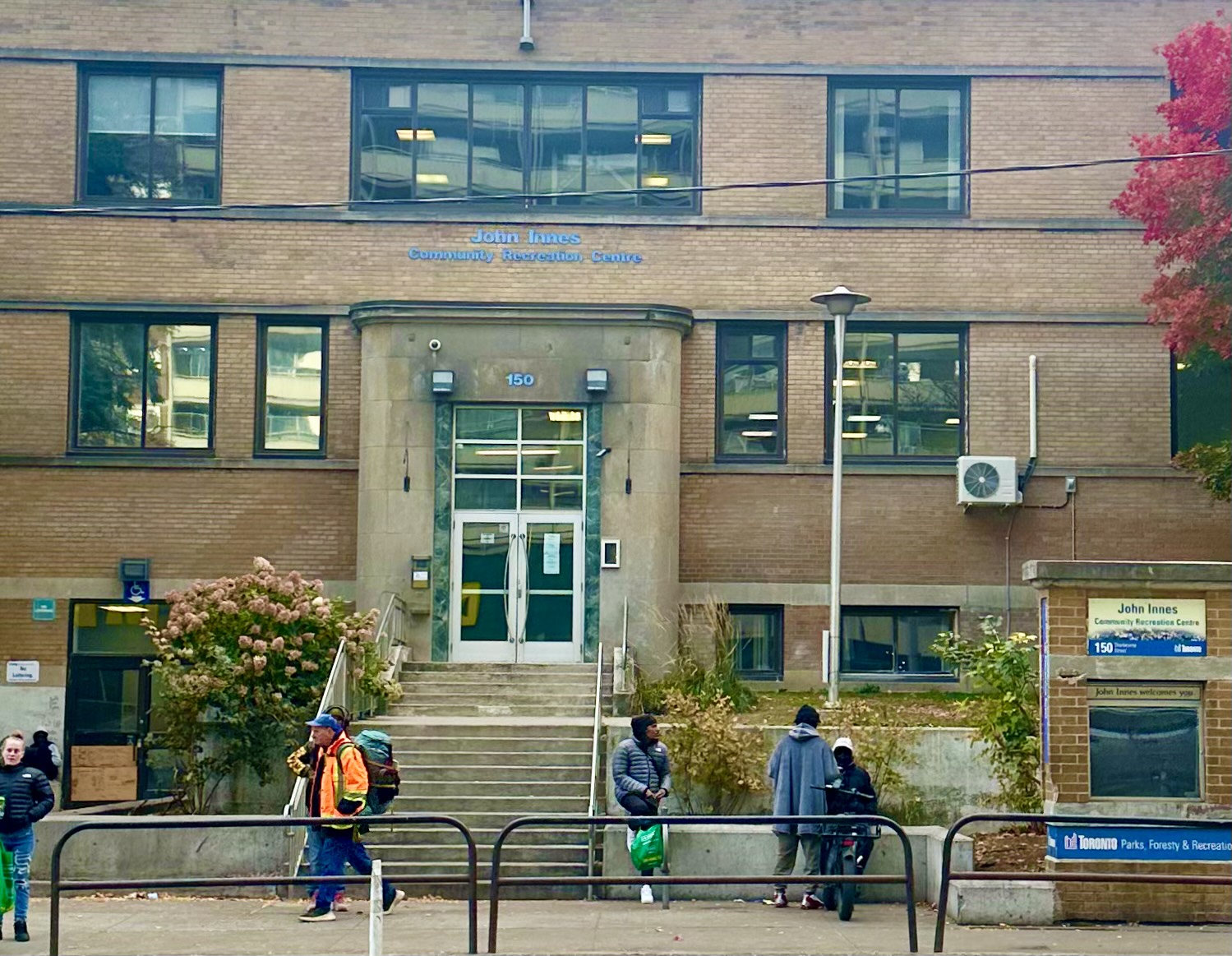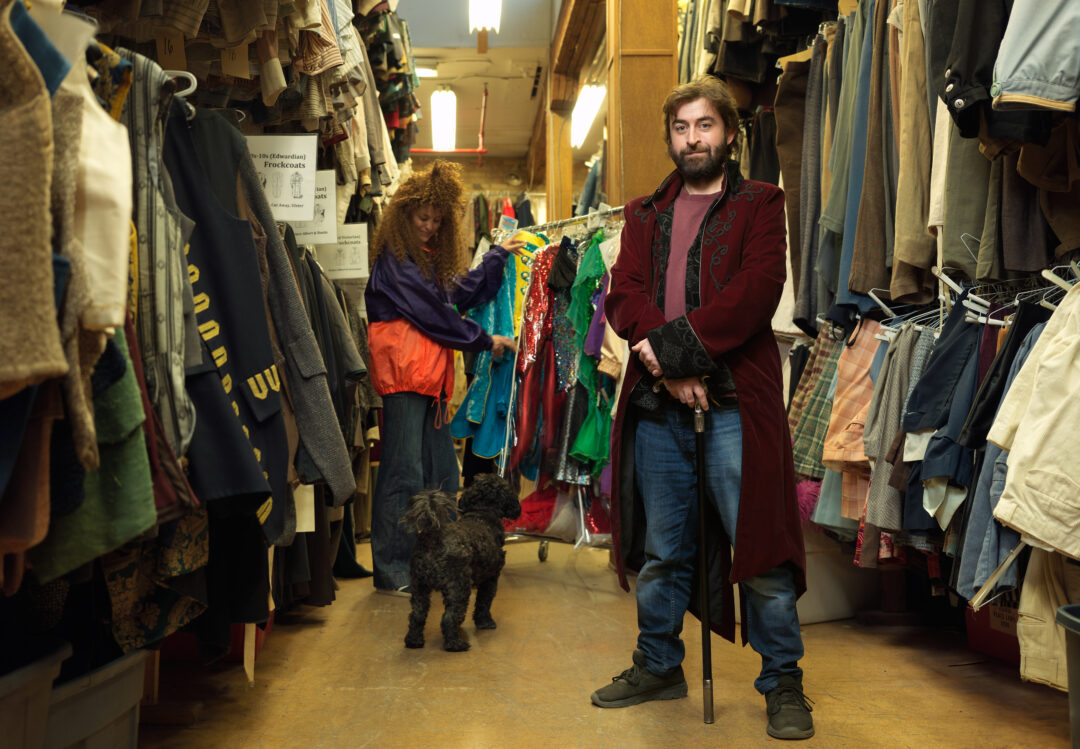Ariel Tozman –
Community advocates say city plans to spend $100.1 million to replace a recreation centre and revamp greenspace in Moss Park are just the latest ‘improvements’ that will displace vulnerable residents.
City officials suggested at public meetings that the new park will “cater to a different population,” according to David Roberts, a University of Toronto professor of urban studies and member of the Moss Park Coalition. Uprooting people “who are unhoused, drug users or sex workers” is a running theme, he added.
A city report from 2023 shows 39 percent of Toronto’s homeless shelter and response sites are in Ward 13.
“Whether it’s a shiny new subway station or shiny new recreation centre … it’s building things for a future population that doesn’t exist, but completely displaces the current population, which is really troubling.”
In a news release, city councillor Chris Moise said Toronto is investing $35.3 million into park improvements and $64.8 million to replace the John Innes Community Recreation Centre. The new rec centre will have a six-lane swimming pool, a double gymnasium and a dance studio. Construction is set to begin next year and end in 2030.
According to the project website, the city consulted an advisory group of local stakeholders while others gave feedback on working design plans through online surveys.
Moss Park Coalition member Walied Khogali Ali said the city engages with organizations that service the area, but the staff don’t live in the community. “They’re far removed from the community they serve because they can walk away … Much of the change looks like it could be gentrification and displacement.”
In an email to the bridge, the city said it would continue to monitor park encampments for “any additional outreach that may be needed” and prioritize moving “as many people into shelters and permanent housing as possible.”
The city first initiated plans to revitalize the park and rec centre in 2015. The city partnered with the 519, a social service agency at Church and Wellesley Streets, and a private donor.
The 519 engaged extensively with homeless people, sex workers and Indigenous communities, said Curran Stikuts, a long-time employee. “We were lucky, just given how the project was structured, to have the resources and the staffing to do a really, really deep consultation.”
The 519 held four public meetings, hosted six community events and conducted 136 interviews. “Many people say that a redeveloped Moss Park must serve the needs of those who have the least access to community space and recreational opportunities,” states the organization’s final report.
One year later, the city and the 519 came to a mutual understanding the project wasn’t feasible “in a way that would meet the needs of the local community,” Stikuts said. The revitalization proceeded under Parks, Forestry and Recreation, and in 2019, the city held a new series of public engagement meetings.
Rec centres are for sports and recreation, said Roberts, and don’t “have spaces for social services or anything else that you might think in terms of community building.”
A joint study between St. Michael’s Hospital and The Local, an online news publisher, shows the neighbourhood’s life expectancy is eight years lower than the national average.
Metrolinx is building a subway station for the Ontario Line at Moss Park. Roberts said the coalition started as a community group concerned that Metrolinx was planning the stop without consulting the community.
Metrolinx holds monthly Construction Liaison Committee meetings for the future subway station. Since 2022 members of the Moss Park Coalition, nearby property owners and residents of Toronto Community Housing have been present.
David Anderson, a Coalition representative and regular attendee, said residents are getting increasingly frustrated their concerns aren’t being addressed.
Metrolinx promised to hold a job fair in Moss Park to create opportunities for vulnerable residents, said Anderson. “They told us about it a week before it happened…they didn’t do any [out]reach in the community, so we couldn’t get community members there.” Metrolinx posted construction jobs on LinkedIn, he added, but vulnerable residents don’t have internet connections.
In an email statement to the bridge, Metrolinx said it is working with community groups to minimize construction impacts and understand neighbourhood characteristics.




